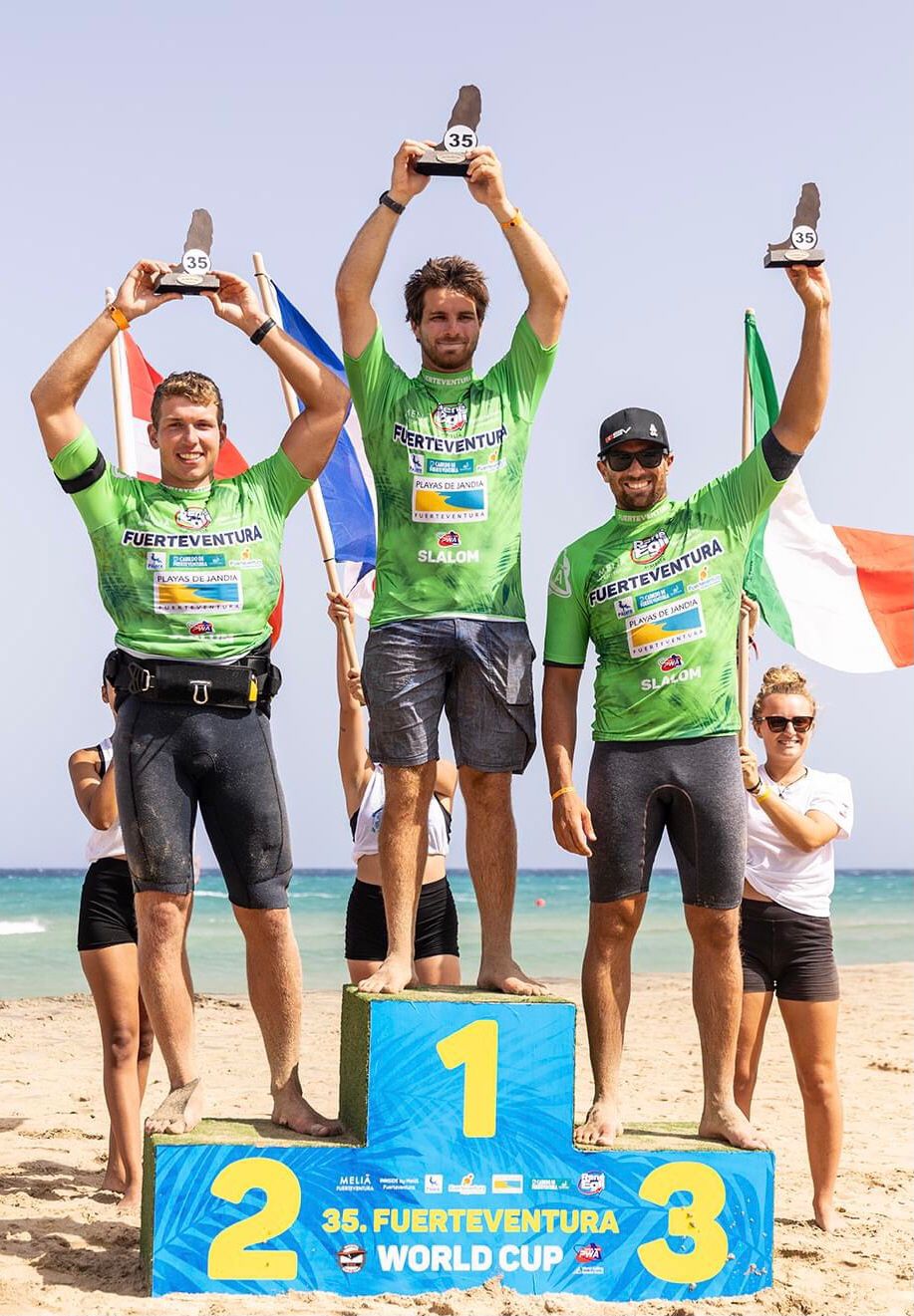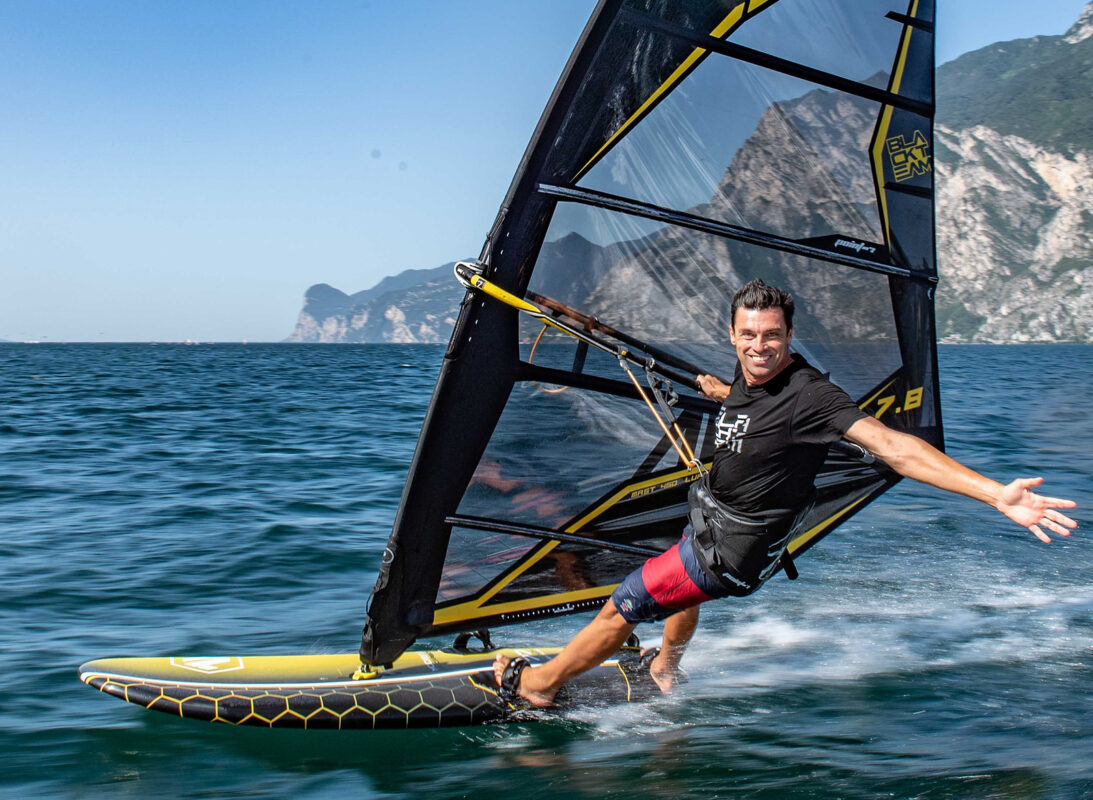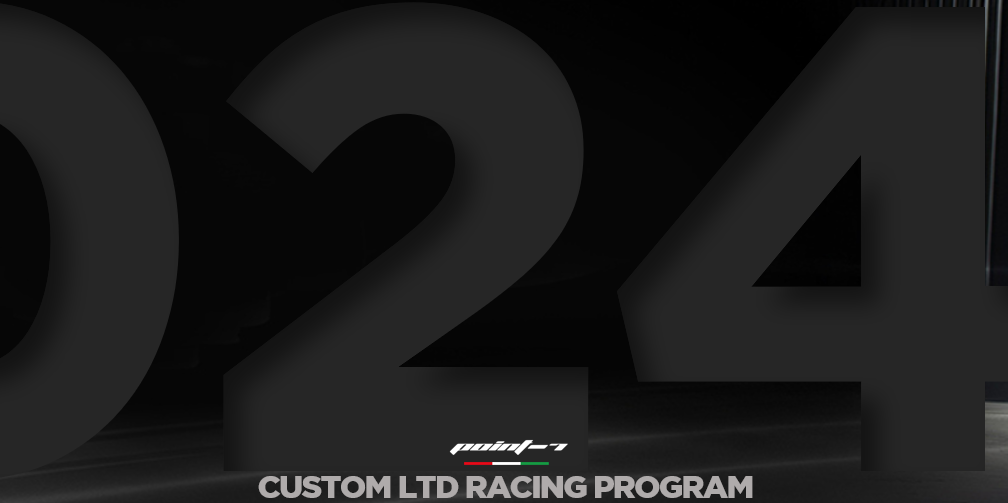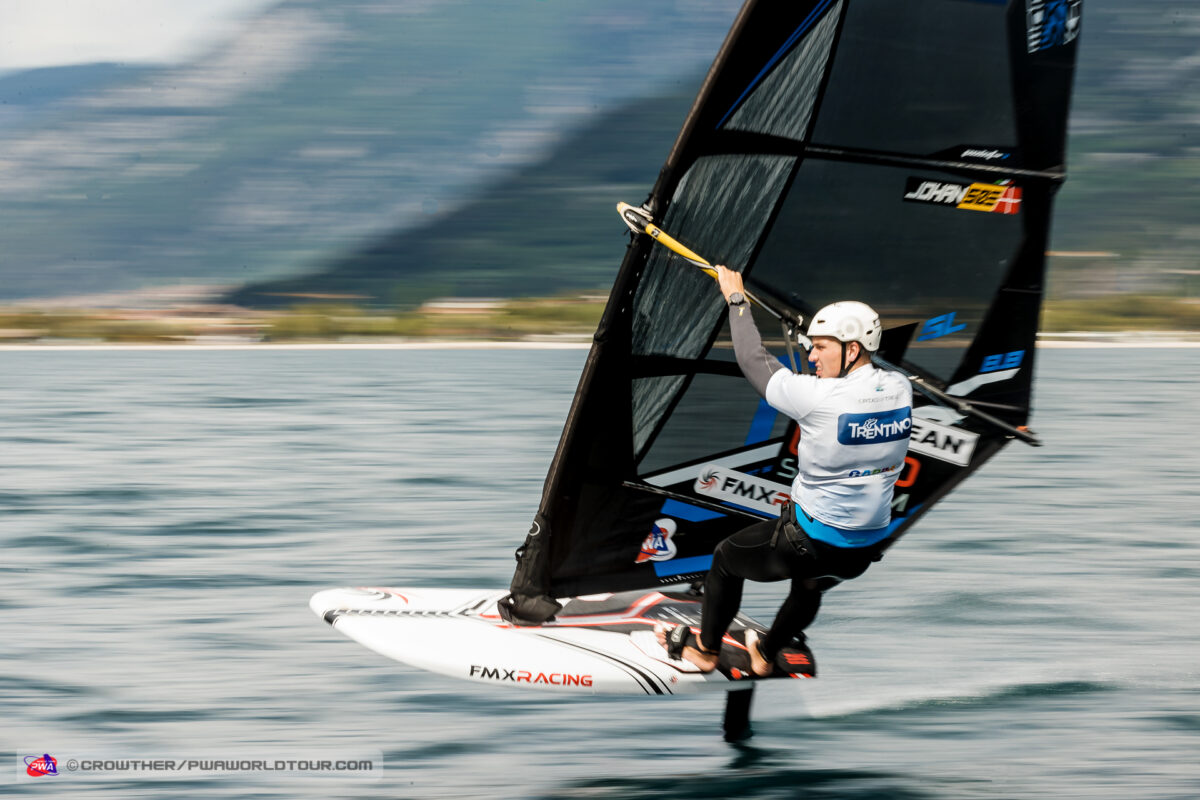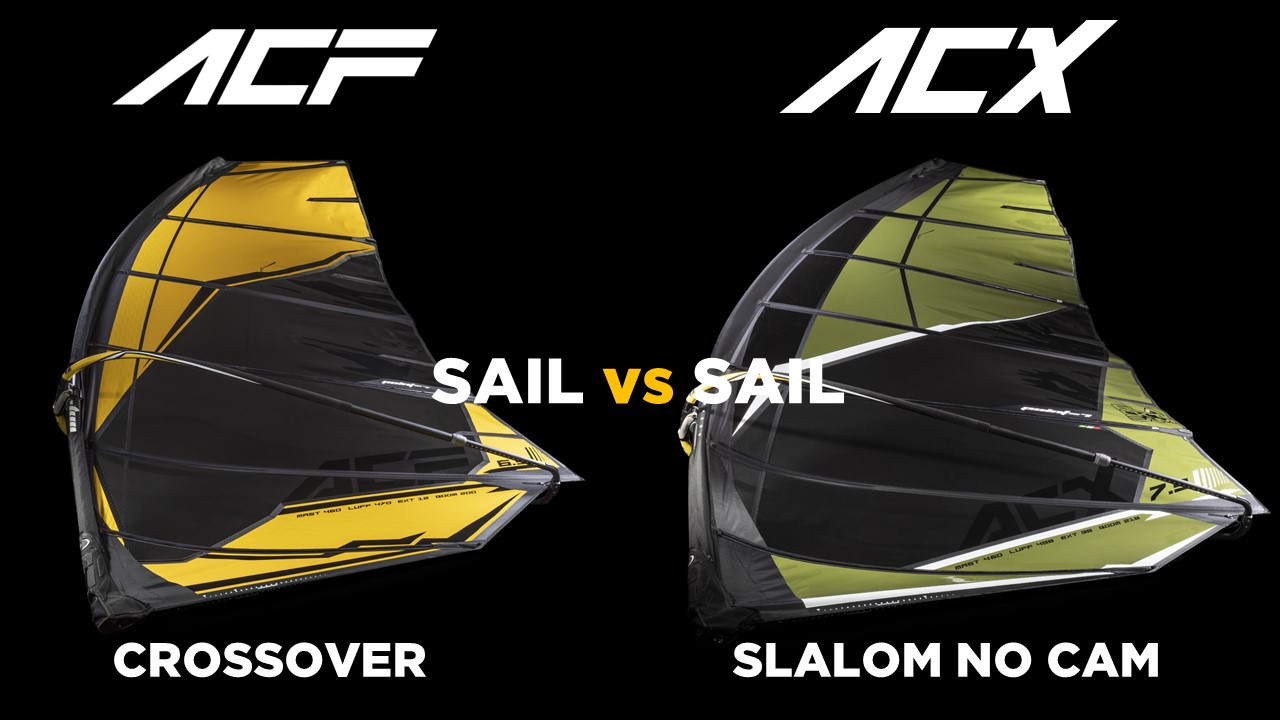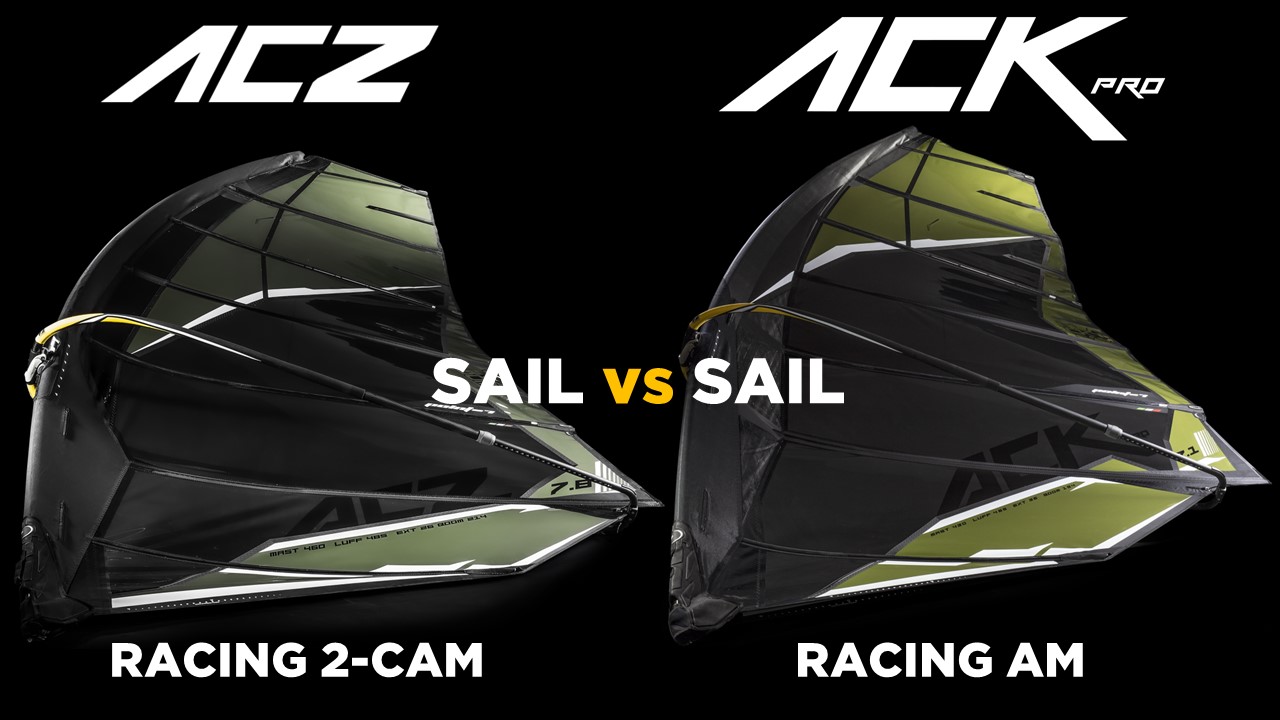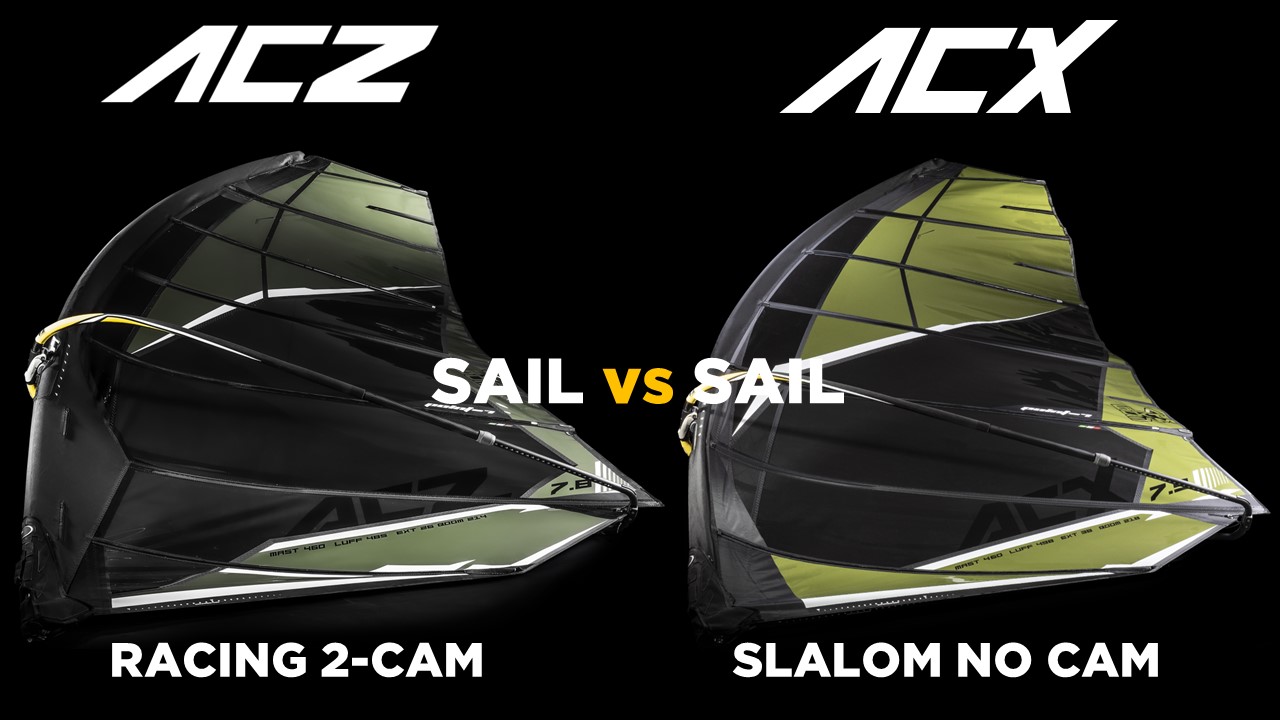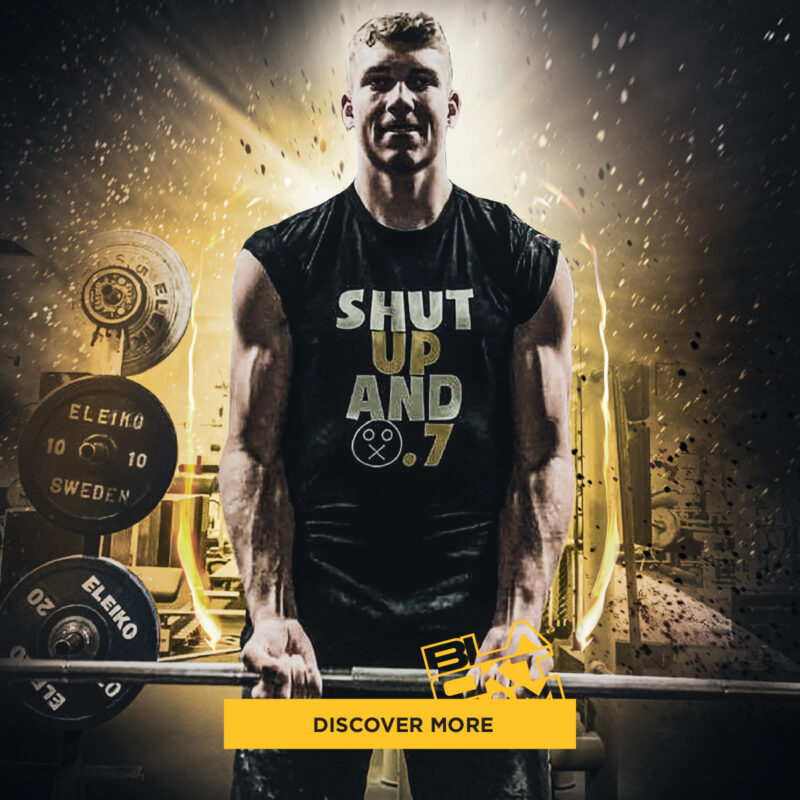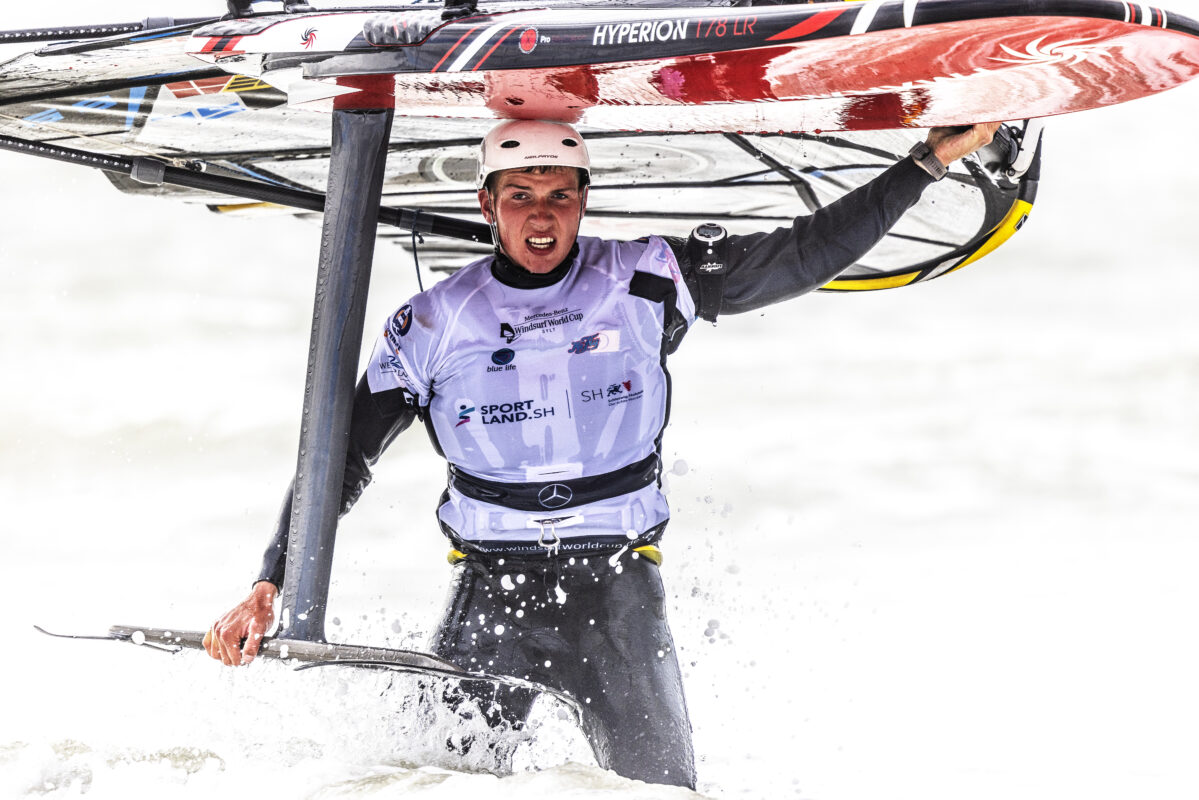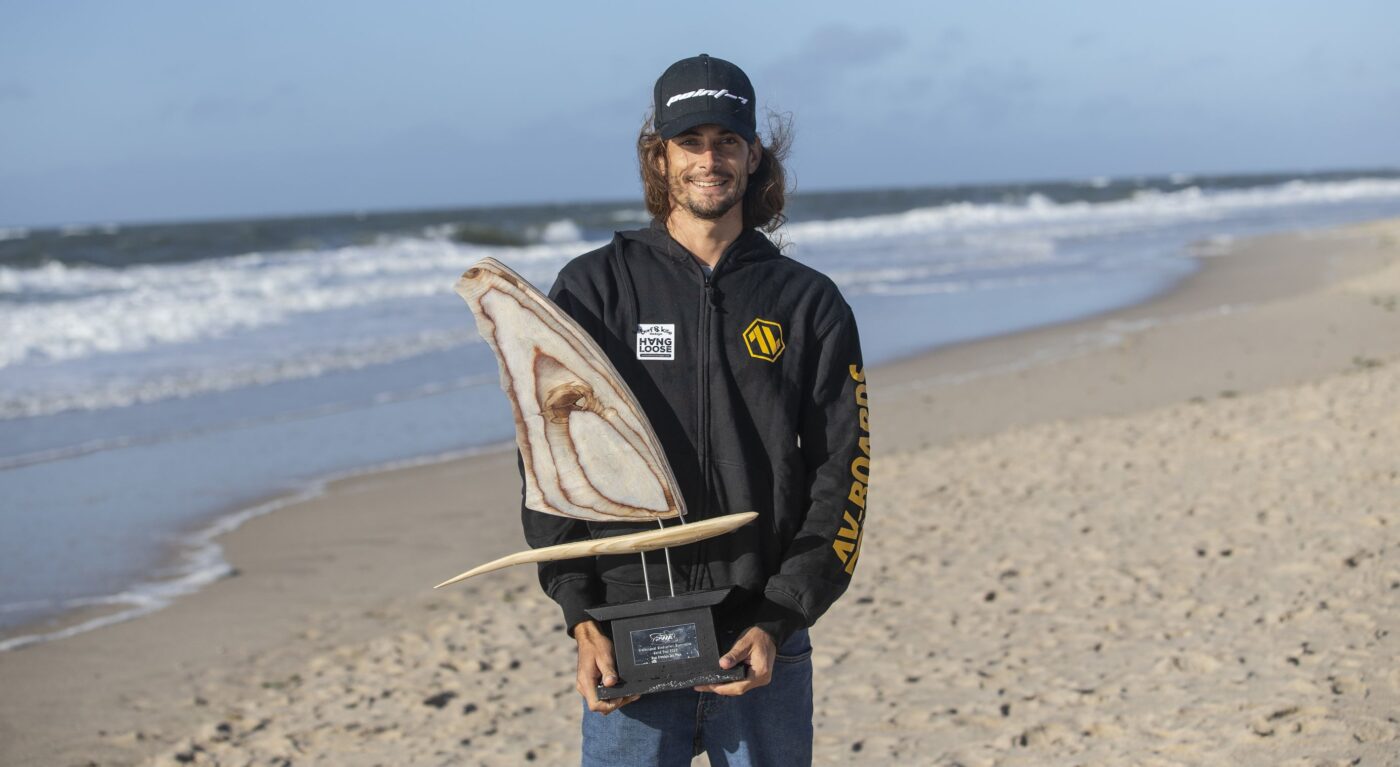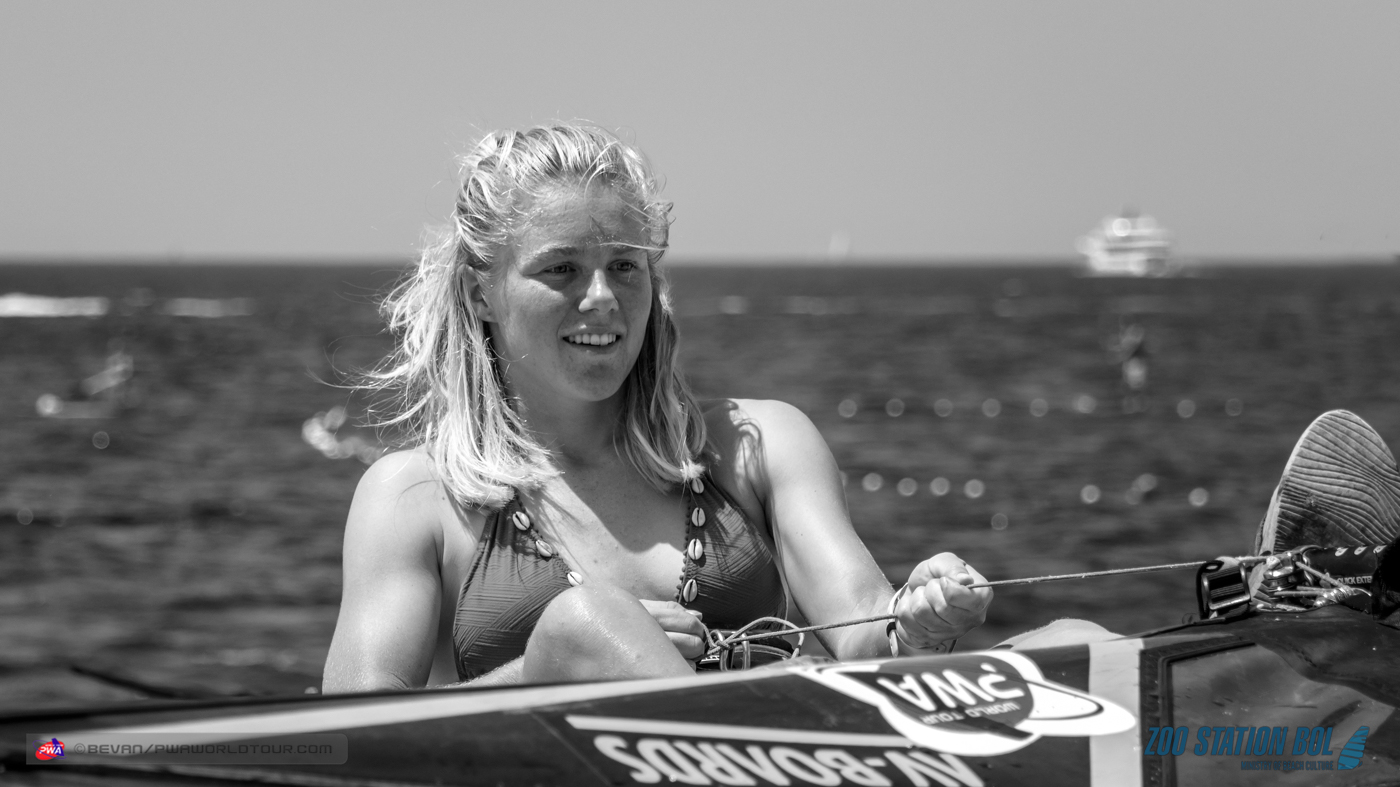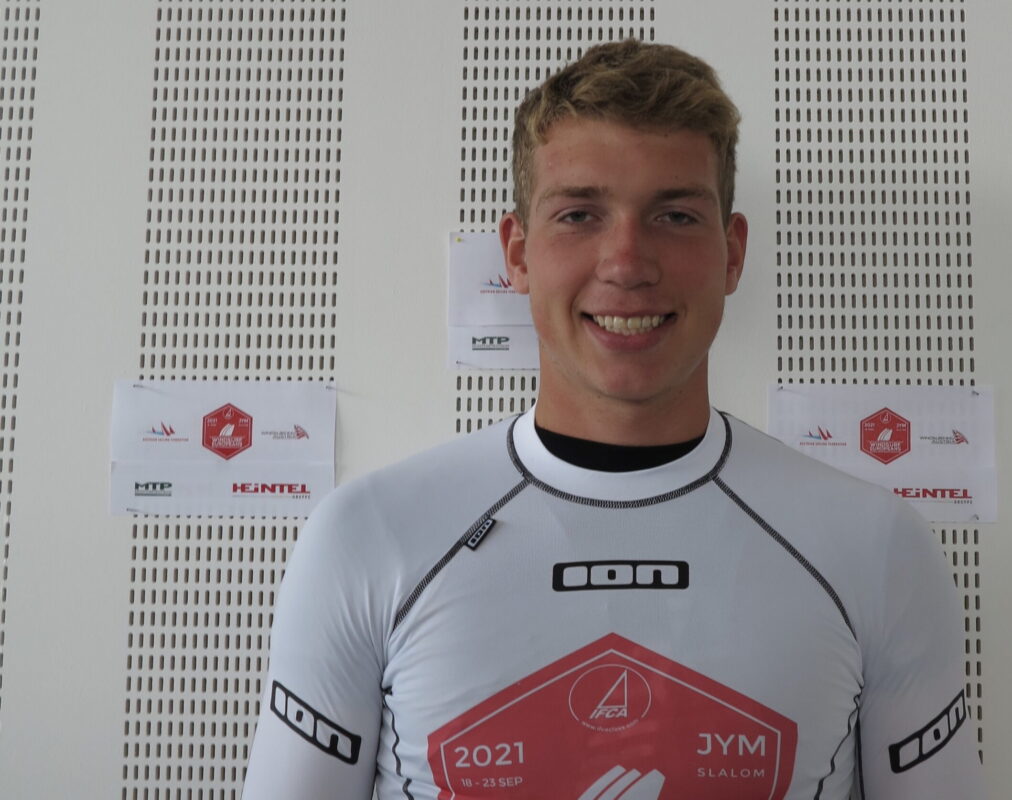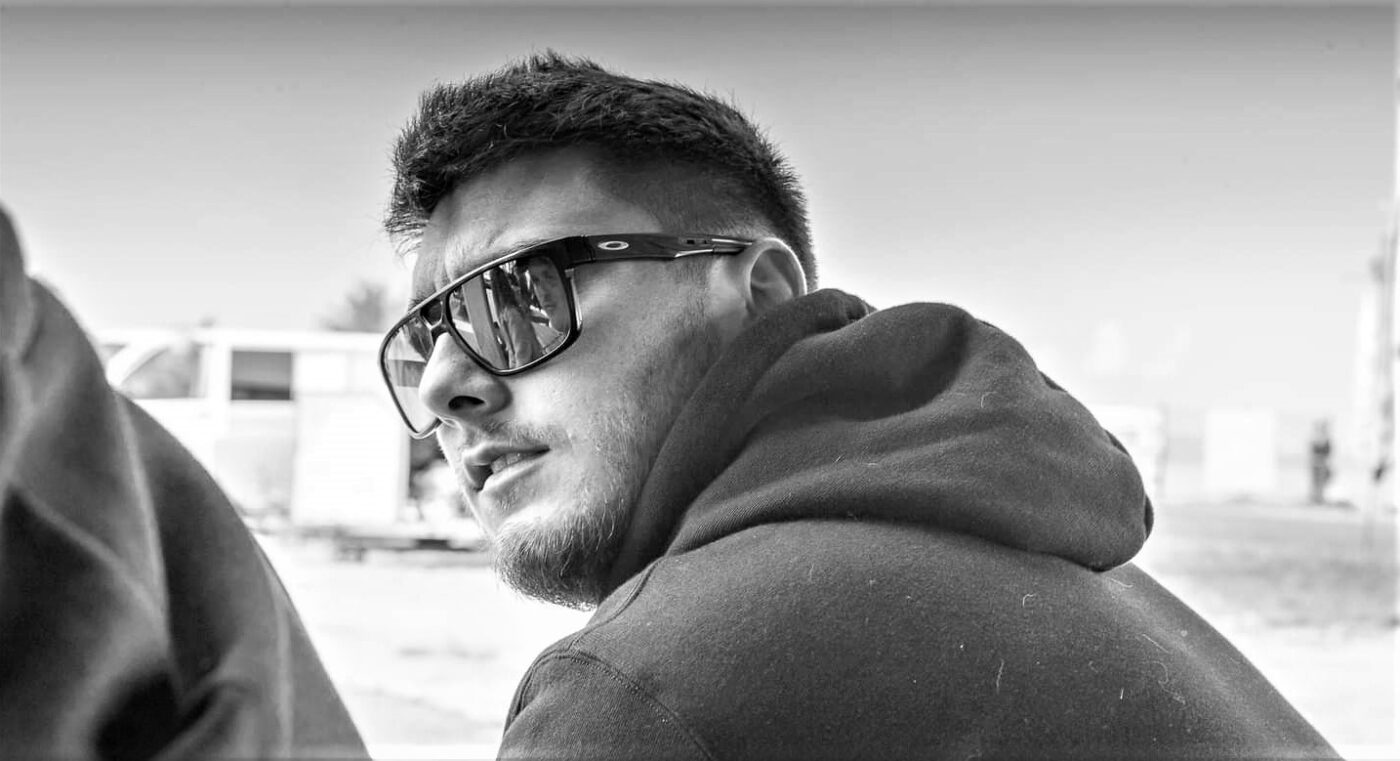3 PWA events have been raced: Lake Garda, Gran Canaria and Fuerteventura. Johan Soe, from the Point-7 Black Team, due to his last year of school exams, had to miss the event in Gran Canaria, but has scored an incredible 2nd in Fuerteventura, and a 4th in Lake Garda. One of the youngest sailors ever scoring a 2nd at a PWA event in Fuerteventura. Still 2 more events to go, Sylt and Japan, where the discard will play an important role for Johan’s overall ranking. Let’s read more about his mind set and tactics.
INTERVIEW BY RUSSELL GROVES
We have had two amazing high wind events in slalom. The foils still dominated over the fins, so
I thought I would have a chat with Johan about how he races on the foil.
Before you start a heat, do you just check the angle of the first leg or do you also check other
legs?
JOHAN: Normally I prefer to have tried the course before the start of a race. It gives me an
idea of how I should sail through the course when racing for an example if one reach is super
tight I must jibe tight around the mark leading up to that reach.
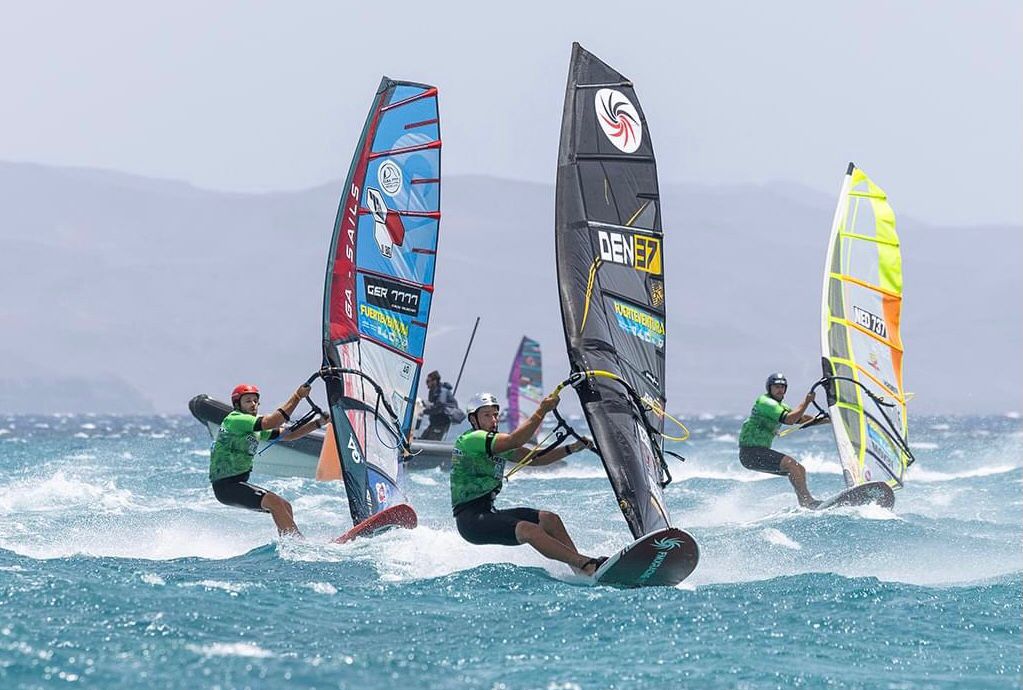
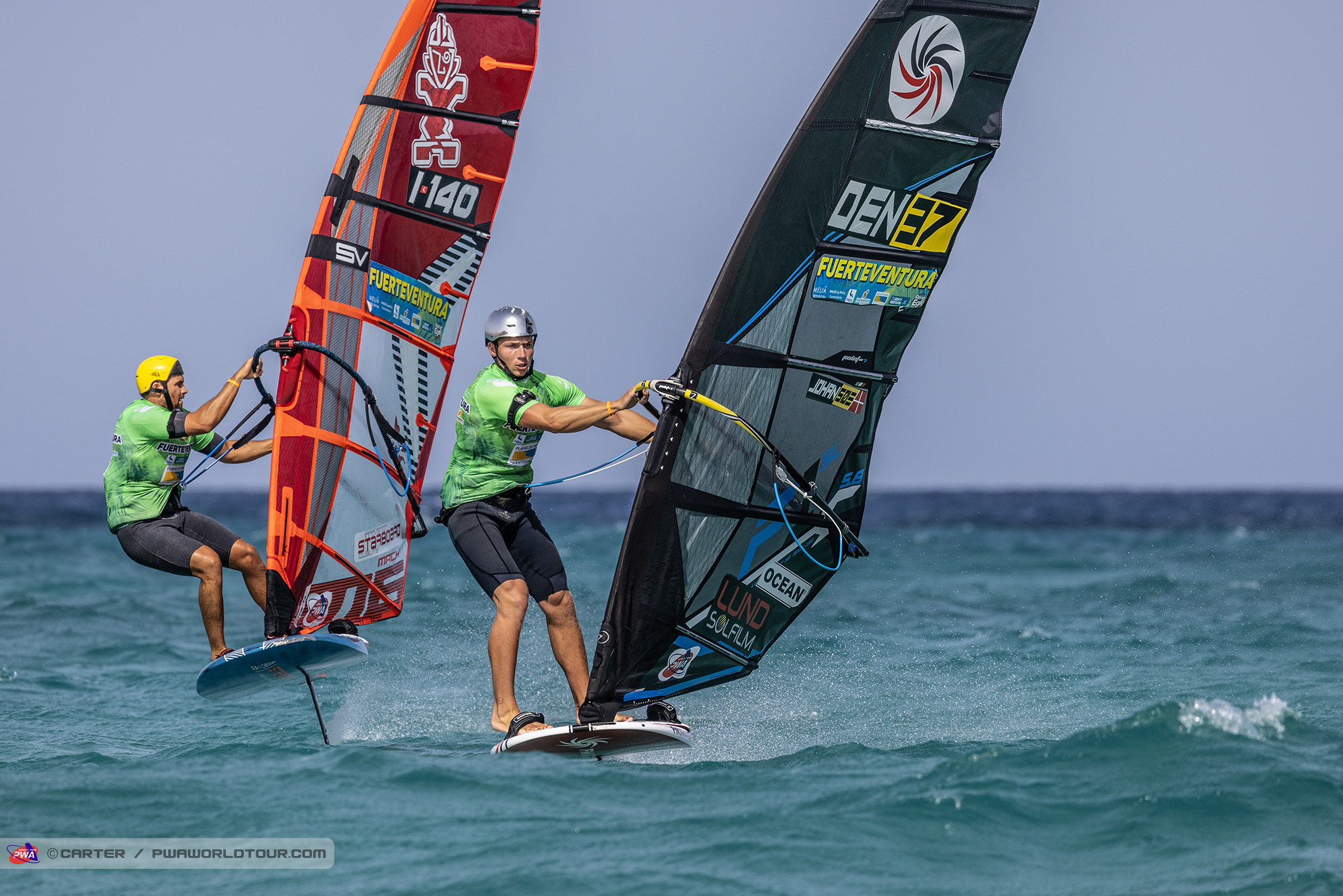
The first thing is to work out where you start on the start line. Is this just dependent on the
angle, or is it also where you think others will start? Can it also depend on the strength of the
wind?
JOHAN: This can be a bit of both. For sure I consider who is on top of me during the start
but normally I also go quite fast myself so I don’t think too much about it. Other than that, I
check on the line where I want to start depending on the wind angle and the start line
position.
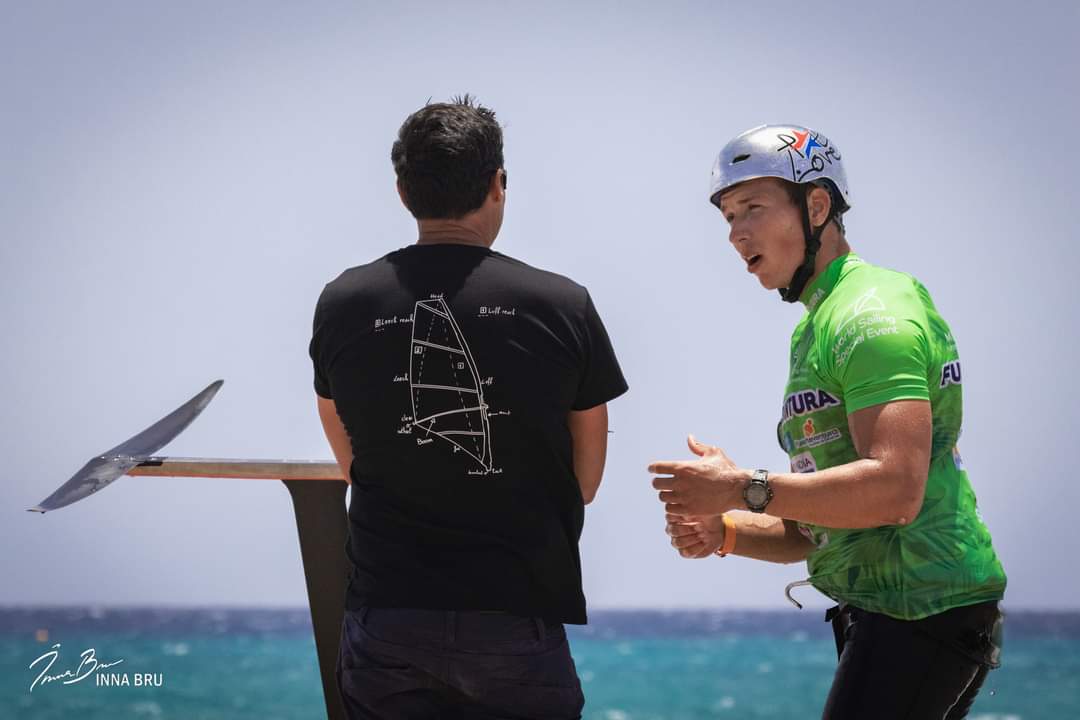
The first jibe mark can be the most important jibe of the heat, coming out first means you
have a large advantage. It is the jibe with the most adrenaline. What are your
strategies depending on your position.
JOHAN: I don’t really have a strategy for every single first jibe because it depends a lot on
how you enter the jibe for an example if you are in front or in the back. But for sure I try to
see the best possible line to get the best exit out of the mark possible.
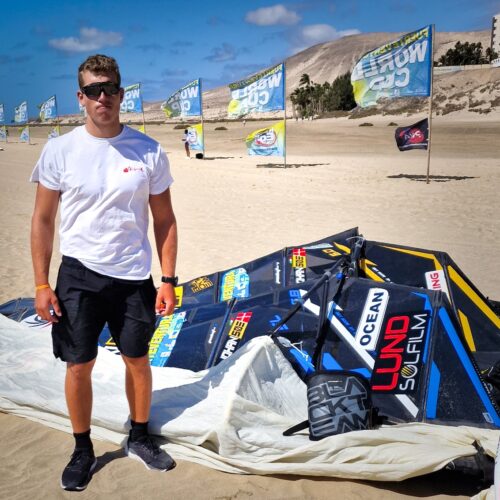
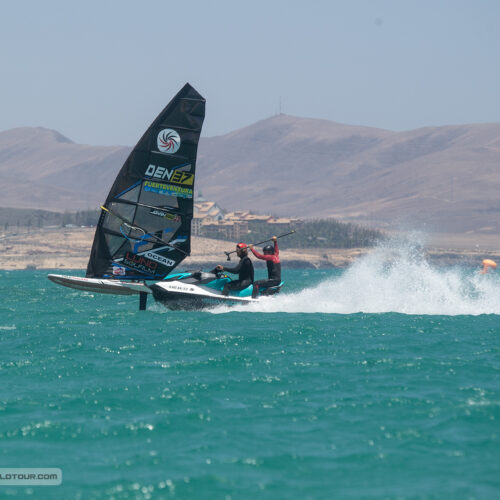
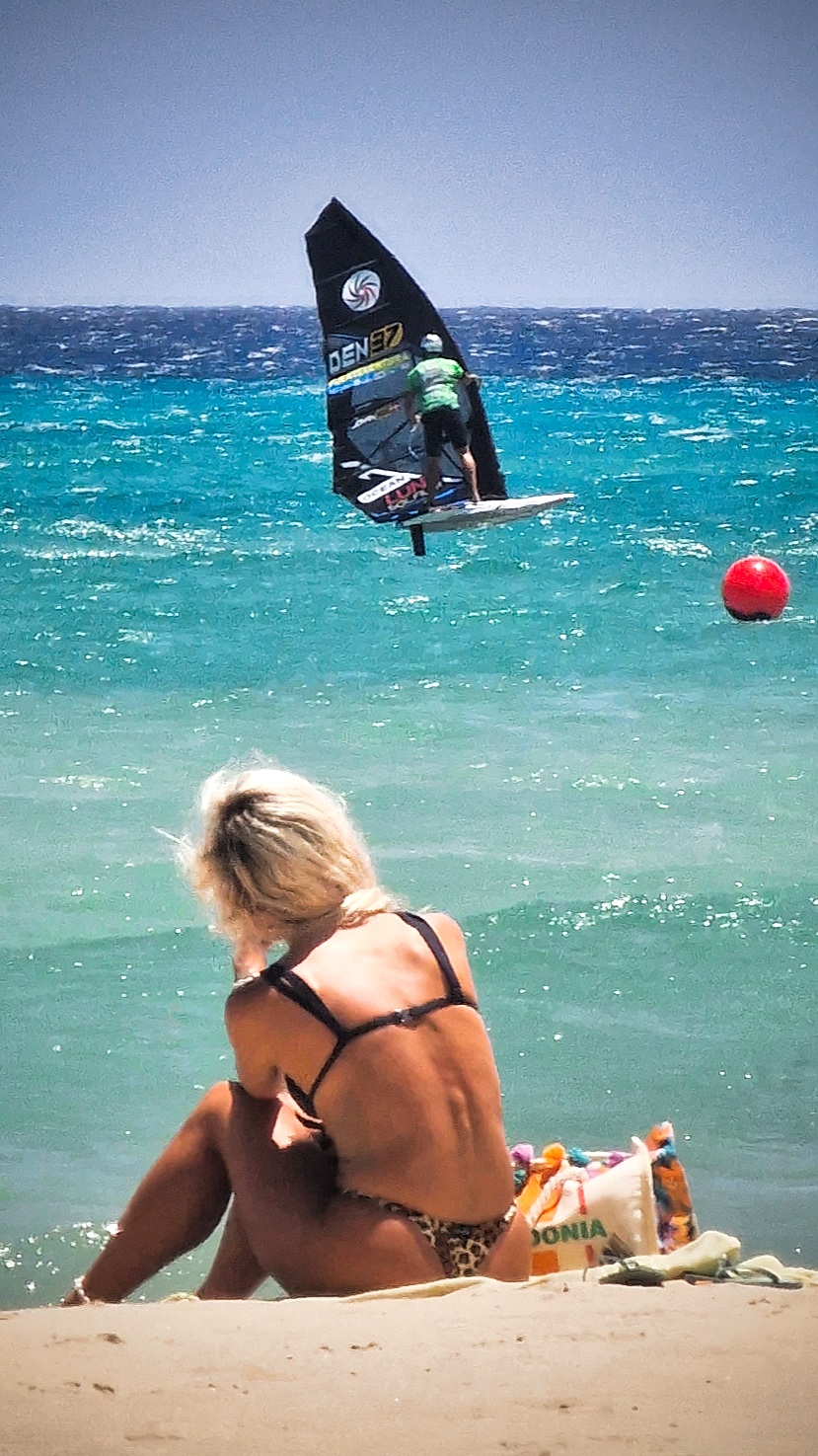
On the foil you have a lot more options on your line to the next mark. you see people
taking different lines. Of course, it will depend on whether you are leading or attacking, do
you tend mostly to do the same line that you know work?
JOHAN: The line I take after the first mark depends a lot on the position I’m in after the first
mark. But yes, the foil allows you to play a lot more with the angles after the jibes which is quite nice.
Jibing the mark you have two choices, in wide out tight or in tight out wide. On the foil you also
seem to have the option to go around the outside. How do you decide what to do?
JOHAN: This again really depends on the situation but there is for sure a lot of options.
Sometimes you can get stuck on the outside and must do a perfect jibe to get out faster as
you are doing more meters. But whether I go in wide out tight or in tight out wide depends on
my position leading up to the first mark.
You have one of the most aggressive, attacking jibe on the tour. It is overly exciting to watch.
You look more comfortable when you are doing an attacking jibe and turning tighter.
Is it riskier?
JOHAN: When you carve harder during a foil jibe the risk for sure goes up but the reward
can also be greater. So, it’s always about a risk to reward calculation that I do before entering
the jibe.
You have one of the most aggressive, attacking jibe on the tour. It is overly exciting to watch.
You look more comfortable when you are doing an attacking jibe and turning tighter.
Is it riskier?
JOHAN: When you carve harder during a foil jibe the risk for sure goes up but the reward
can also be greater. So, it’s always about a risk to reward calculation that I do before entering
the jibe.
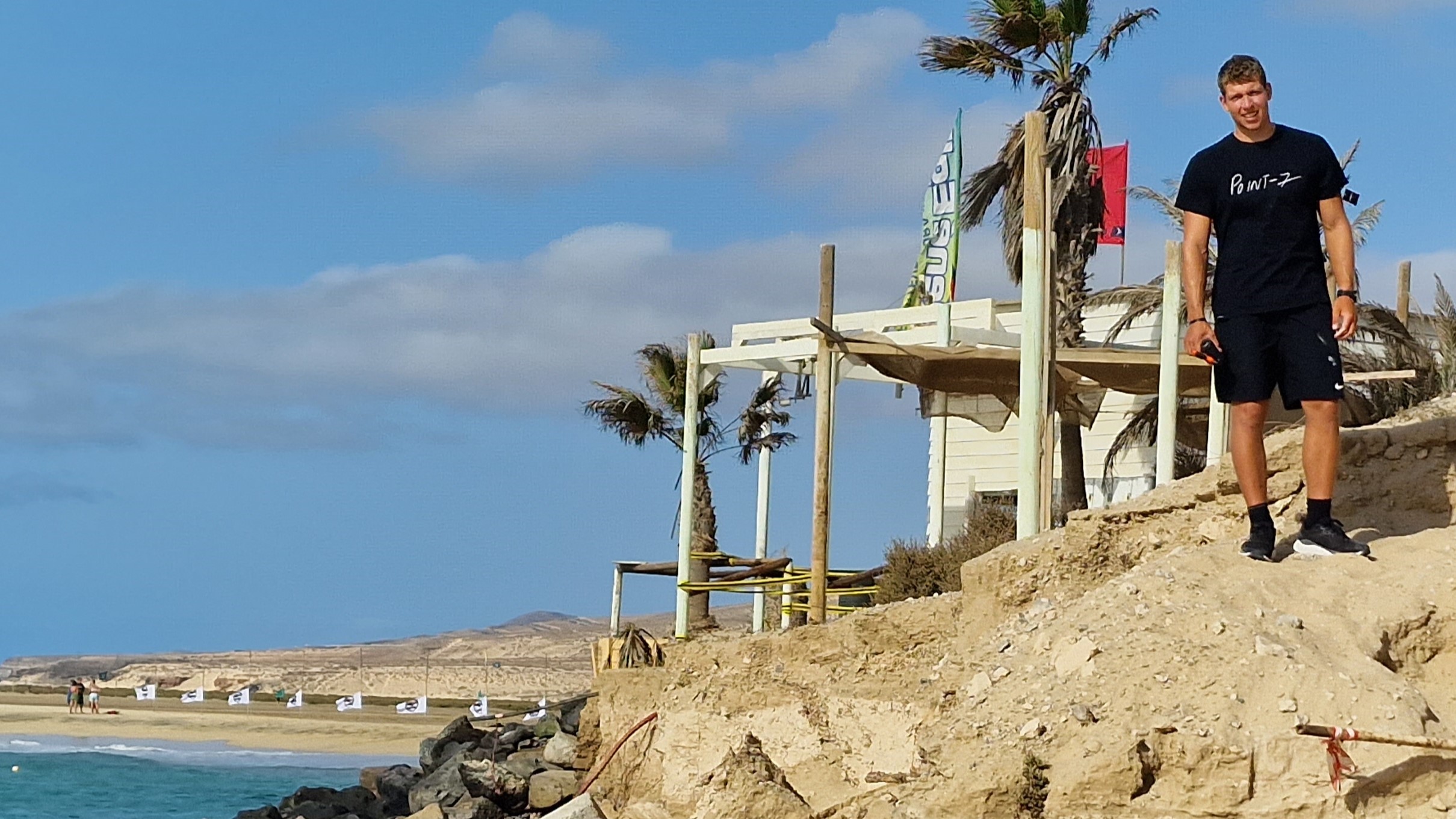
You are all pushing the speeds to the limit and sailing right on the edge. Different riders have
different techniques to cope with the gusts, especially Bruno who just goes flying off down
wind. You are just rock solid. Is this because the F1sl is so stable, it just looks after the
gusts for you so you can just concentrate on going faster.
JOHAN: I think for sure my sail helps a lot in this matter because that the sail is very neutral
on my hands and allows me to really sit in the harness. Also, the sail is very stable which
helped me a lot during Fuerteventura where the wind is very gusty.
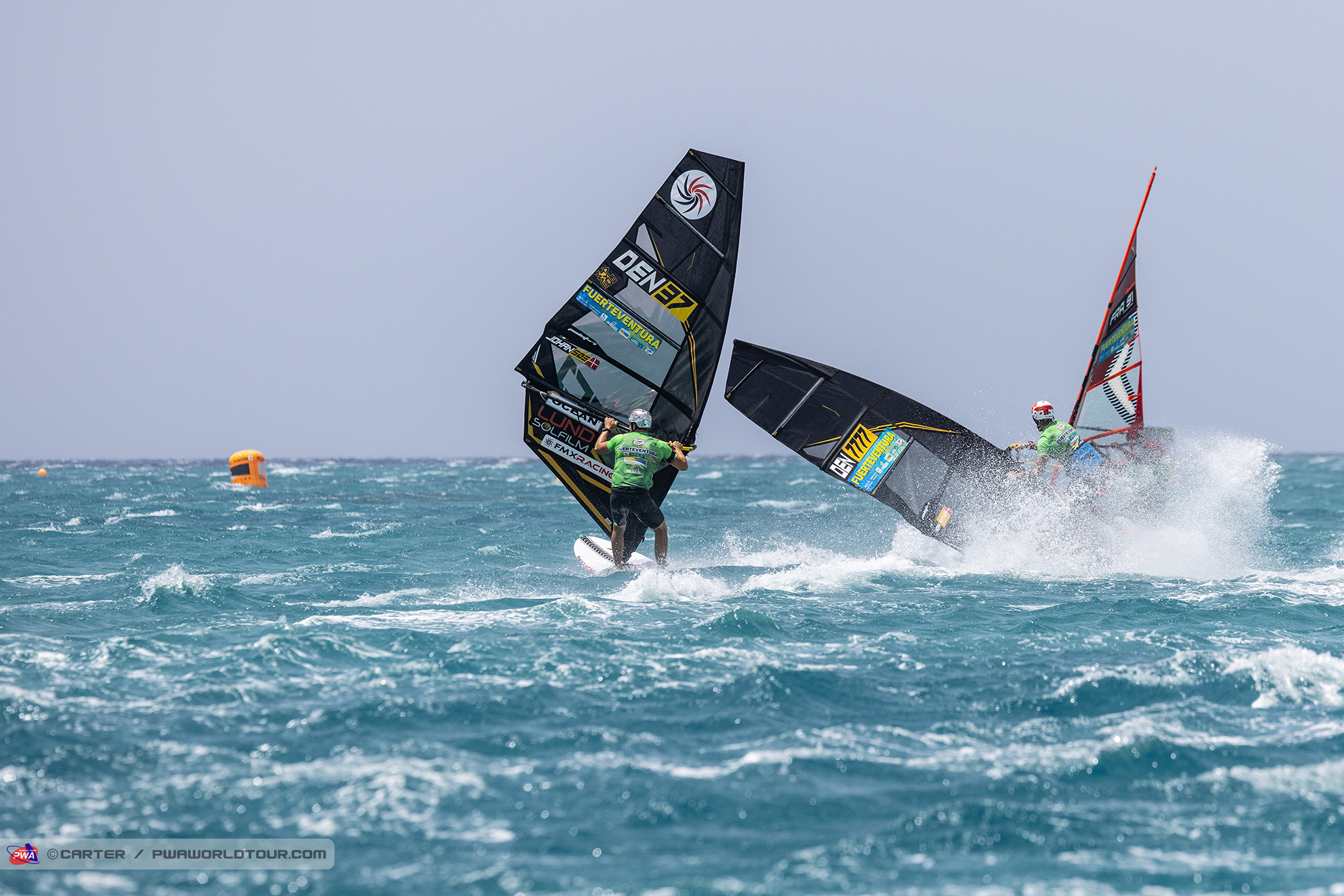
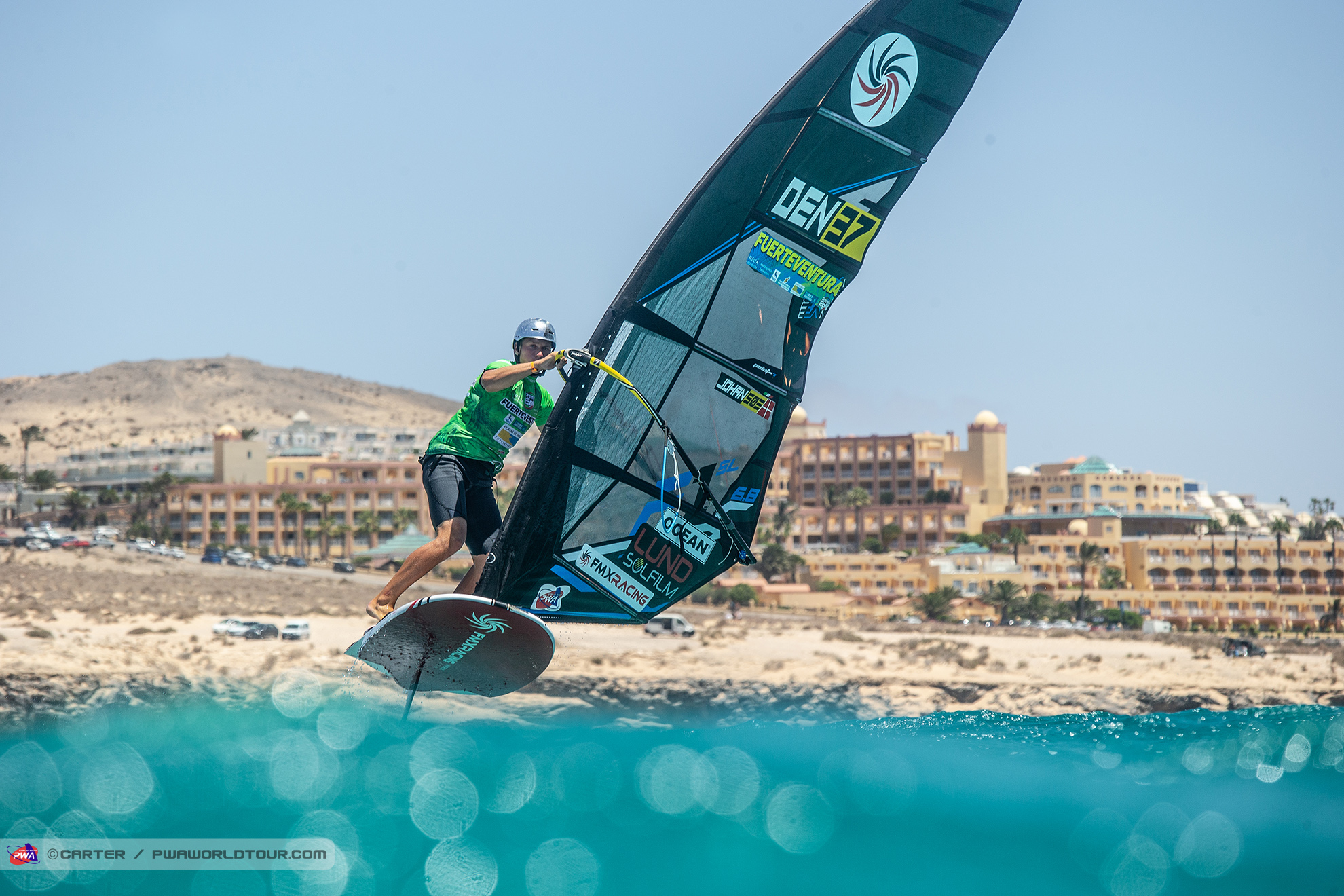
Being first is always the objective but in the heats before the final it is the top four that go
through. Do you push in all the heats, or do you just make sure you are in the top four? It is
not often you do not make the final.
JOHAN: Yes, so my goal for the qualifying heats is only about the top four. I do not really care if
I finish 1st or 4th if I qualified, I’m happy.
JOHAN: Yes, so my goal for the qualifying heats is only about the top four. I do not really care if
I finish 1st or 4th if I qualified, I’m happy.
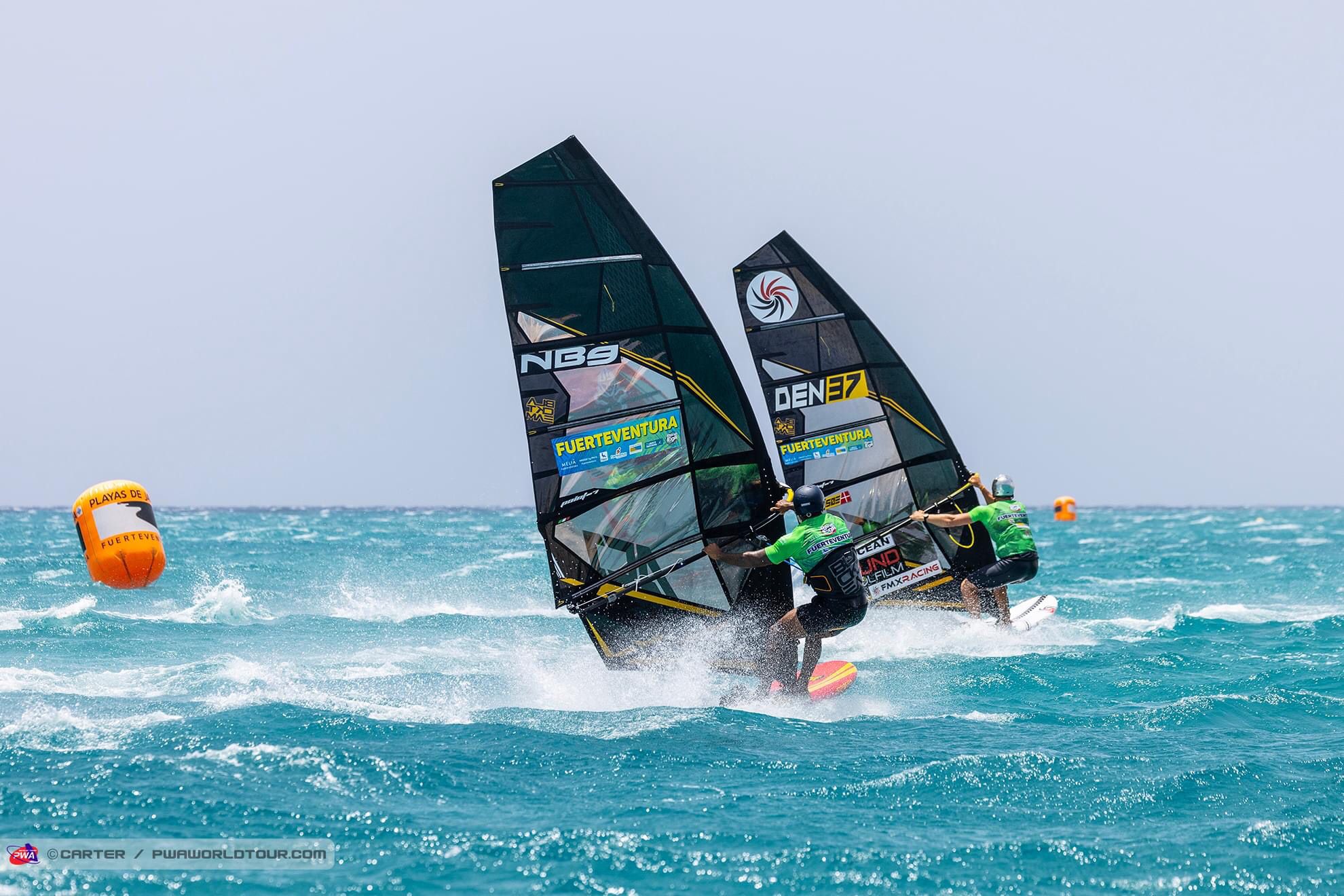
Board speed and jibing are both important. When you are well powered up you are amazingly fast,
this gives you a big advantage in the gusts. You also have an extremely fast exit of the jibe. This
often places you in tricky situations but you always find a small gap to go through.
You cannot train this as it only happens when you are competing. Do you just have to trust
that people will not crash or is it about knowing what people will do around you. You do
have some remarkably close calls. What is more important, jibing or speed?
JOHAN: speed is the most key factor, but jibing is close to being just as
important. And if you go fast but are not a good jiber you will never win. But yes, I try
to read the jibe in the very beginning so I can place myself in the best way possible. But also
during the final you know that you can trust the other competitors jibing skills more as they
are the best.
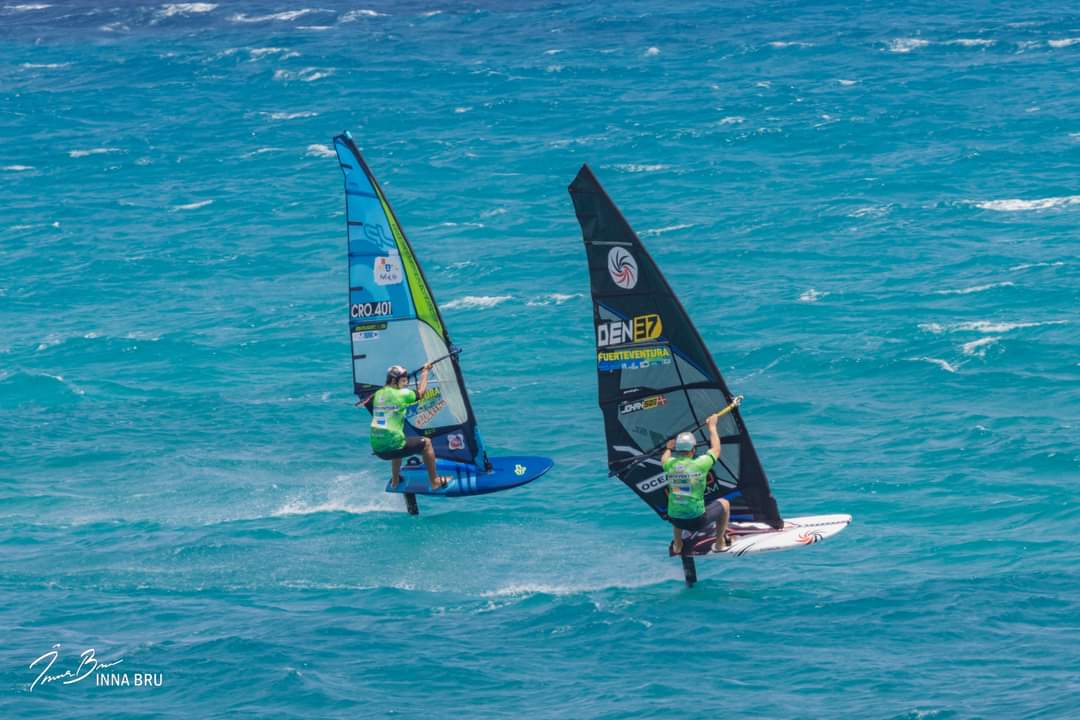
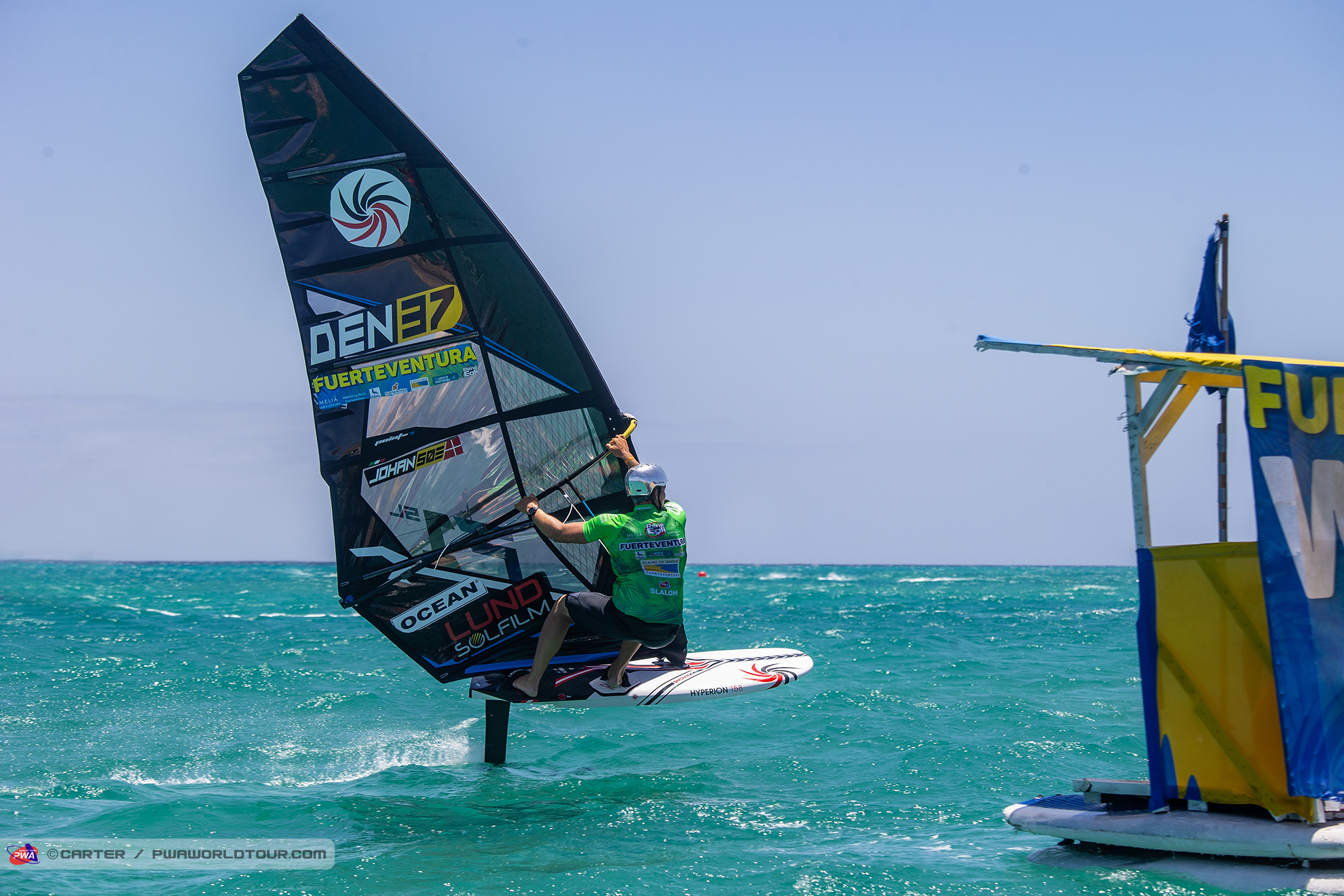
Each event the level is getting higher, the racing is getting closer and closer. There are more
crashes, especially in the higher winds and there will be more. There will be more and more
protests. Now it is just about, was it dangerous sailing or not. Blanca was judged to
be sailing dangerously and disqualified from the elimination, with the threat if she did it again
the whole event. This really affected her sailing. Do there need to be rules now? Would rules
work?
JOHAN: the no rules system is for sure the best way of doing it. But if someone is
sailing dangerous they should for sure be disqualified, and even for the entire event.
depending on how dangerous it was.
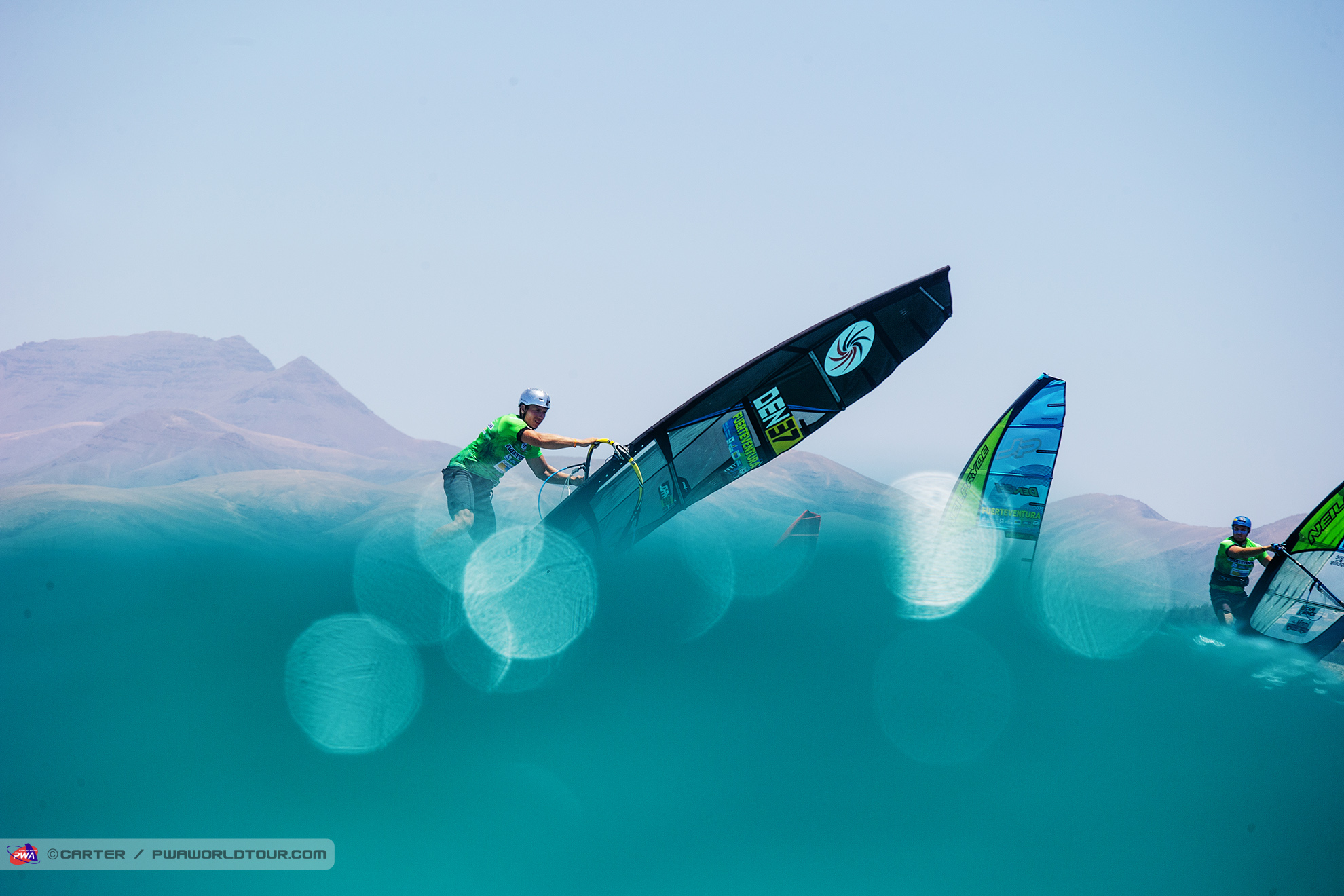
You are doing a lot of testing and you know that next year the racing will be faster. In Fuerte
Nico could have specific material for the event as it was the only event, he will do this year on
the PWA. on the last day he was using a 3.7m sail. What would the smallest sail you would?
ever compete on?
JOHAN: If I have had my small foil gear as for Defi wind I would for sure have used this
during the last day as it is simply better and faster on a slalom course.
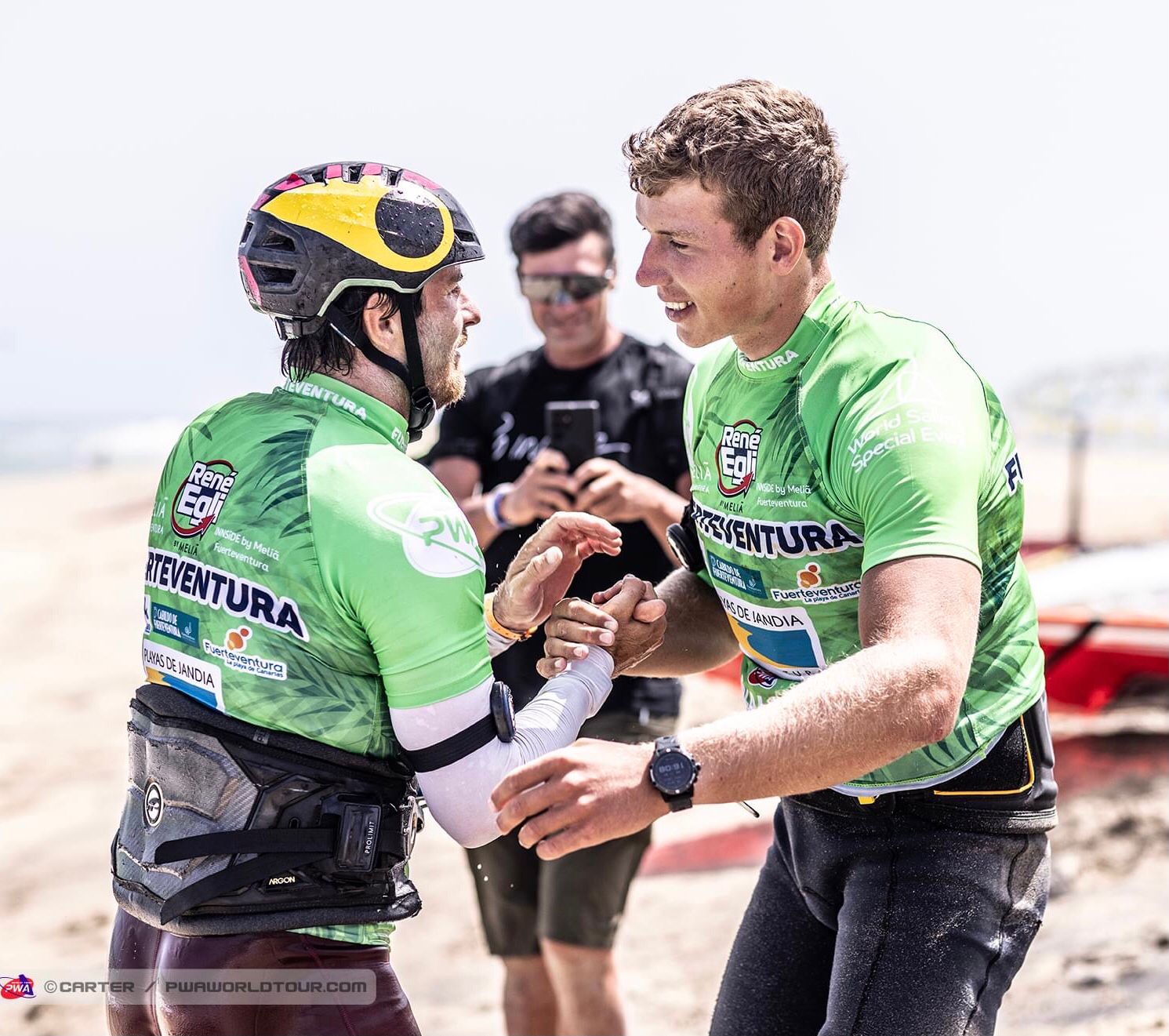
On the last day in Fuerte you went on the fin. If you had had a smaller front wing, would you
have stayed on the foil?
JOHAN: Yes, for sure. If i would have had a smaller wing I would have gone on the foil.
I would also have needed a slightly smaller sail than my 5.8.
Now it is on to Sylt and a chance of quite different conditions. I look forward to watching.
more exciting racing.
